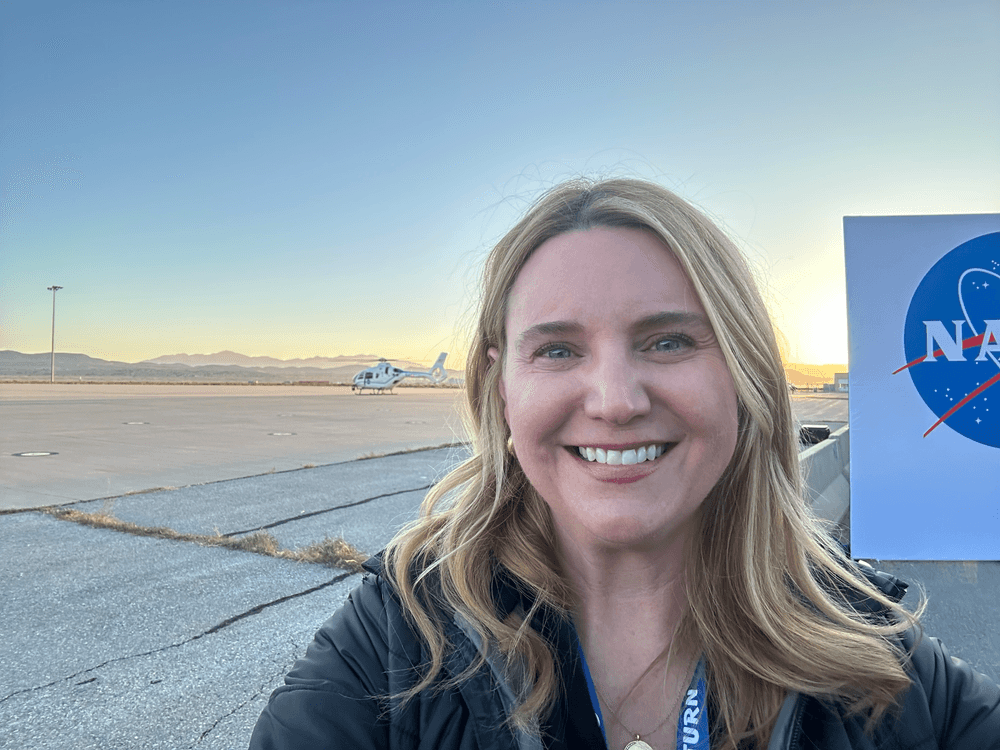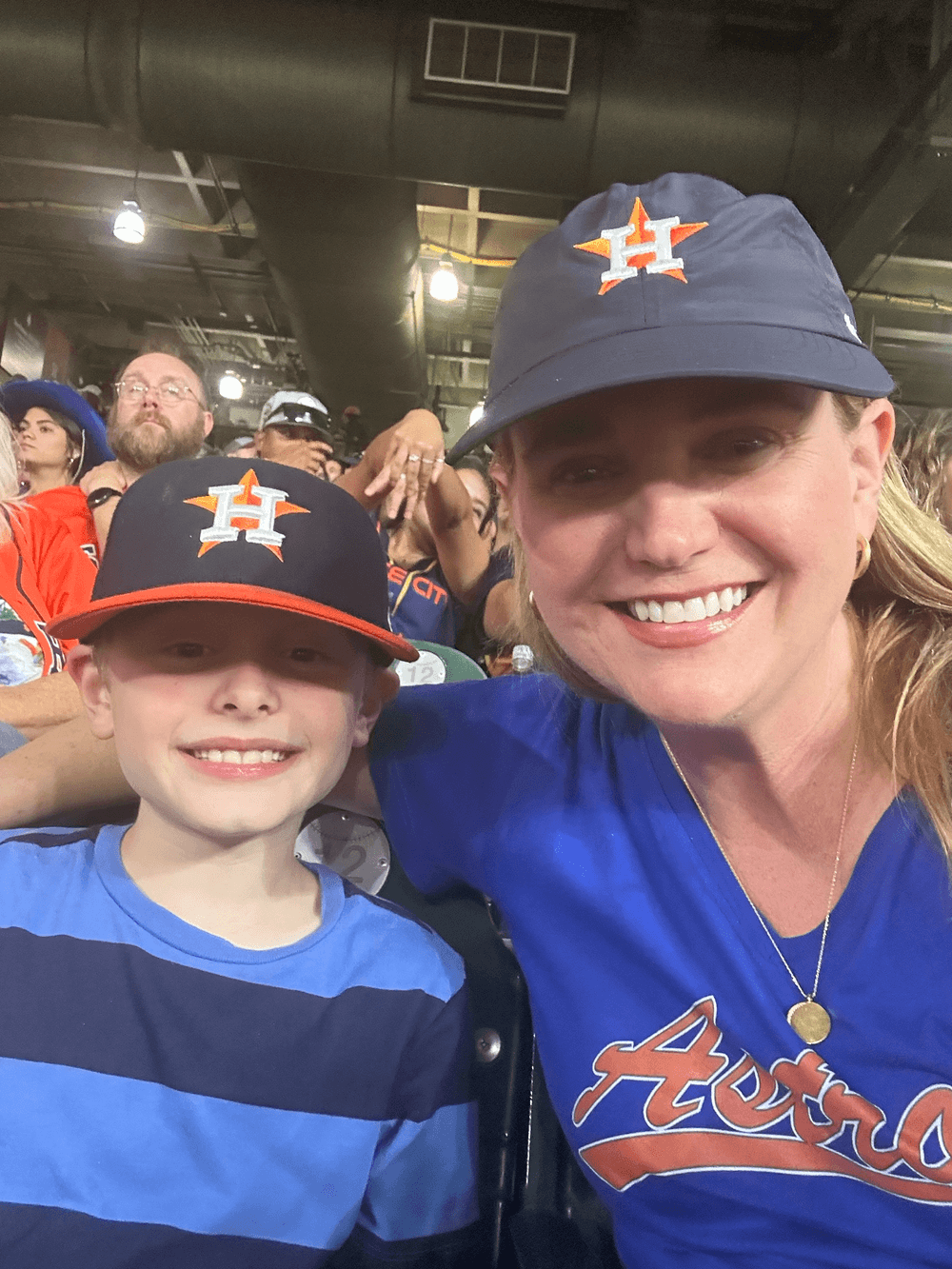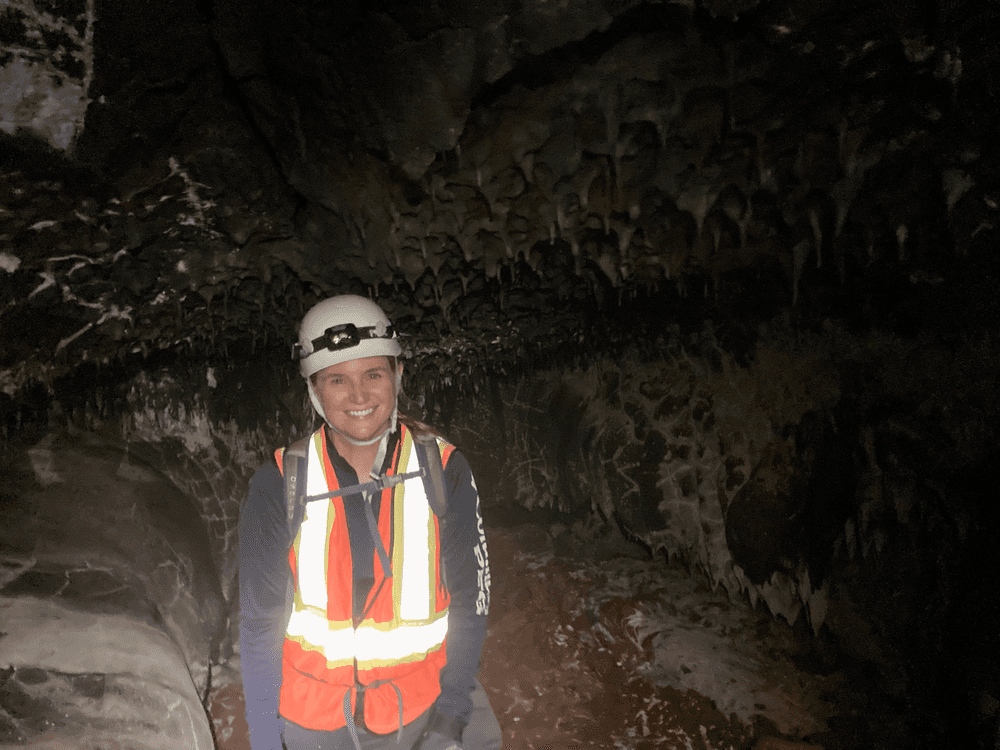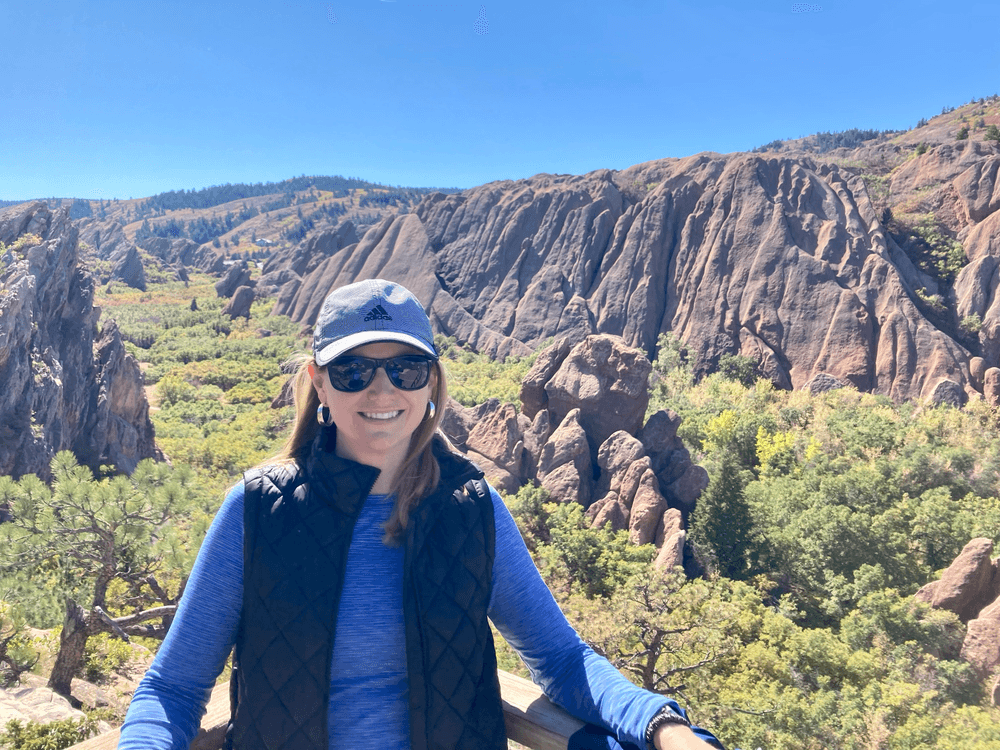Station Nation: Meet Jennifer Buchli! International Space Station Program Chief Scientist
In honor of Women’s History Month, this special edition of the International Space Station Program’s employee spotlight feature, Station Nation, will serve as a two-part series for March highlighting the station program’s lead scientists: Jennifer Buchli and Meg Everett.
Jennifer Buchli, International Space Station Program chief scientist, supports all of the science that takes place on the space station, from launch to landing, and the results of that research. Buchli shares her path to NASA, the people who have inspired her path, and her favorite NASA memories. Read on to learn more!
***
Where are you from?
My family moved to the Clear Lake area when I was very young, so I grew up mostly right next to NASA’s Johnson Space Center. We spent two years in Huntsville, Alabama when I was in high school.
Tell us about your role at NASA.
I am the International Space Station Program chief scientist. In my role, I support the full suite of research on the space station from launch to landing, and the results of that research to not only enable future exploration missions, but also to benefit humanity back on Earth.
How would you describe your job to family or friends who may not be as familiar with NASA as employees reading this?
I provide the science strategy and make science recommendations for the International Space Station program. I ensure we are maximizing the space station to its full capability, for both NASA research and as a U.S. National Laboratory.
How long have you been working for the agency?
I began working at Johnson with United Space Alliance, then later with NASA for a combined 18 years.
What was your path to NASA?
I grew up in the Clear Lake area and was fortunate to be surrounded by the NASA community. My father worked at NASA and my mother worked at Johnson for a few years too. I always knew I wanted to study science – I loved exploration and discovery. I worked in a pharmaceutics lab as an undergraduate and had the opportunity to fly an experiment with a student team on STS-95. Working with chemotherapy drugs as a student led to an interest in immunology and stem-cell transplantation, which I pursued in lab research and graduate school. After working in biomedical research, I came back to Houston and NASA. The space station was in the assembly phase, and it was an exciting time to join the mission of creating a laboratory in space.
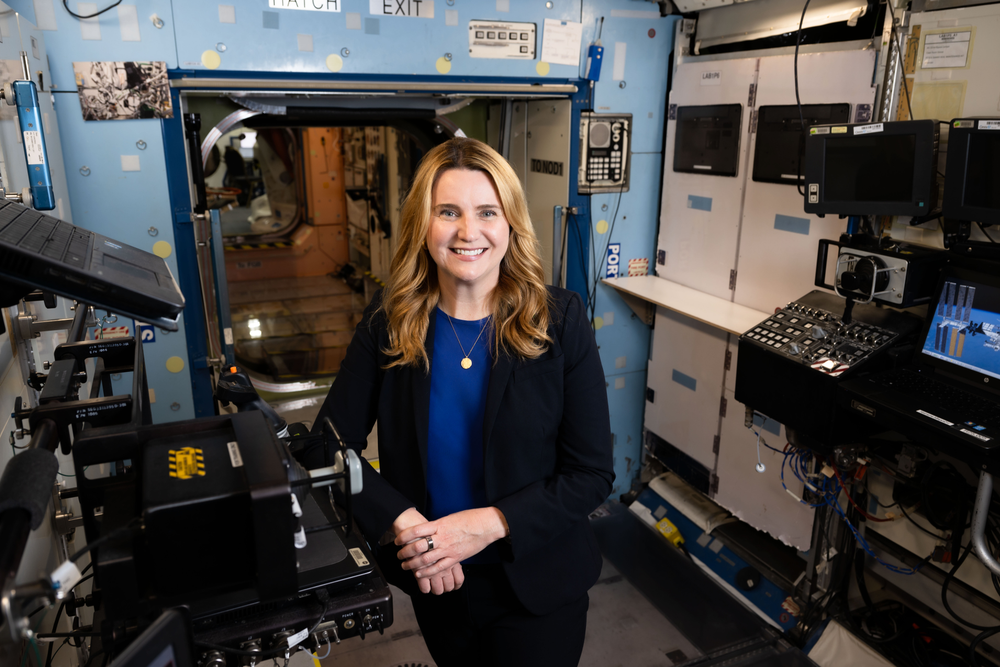
Official portrait of Jennifer Buchli, International Space Station Program chief scientist. Credit: NASA/Josh Valcarcel
Is there someone in the space, aerospace, or science industry that has motivated or inspired you to work for the space program? Or someone you discovered while working for NASA that inspires you?
I have been fortunate to work with a number of women in leadership at NASA. Marybeth Edeen, Julie Robinson, Eileen Stansbery, and Ryan Prouty have all been excellent mentors in their fields.
Astronaut Shannon Lucid stands out as someone at NASA I admired early on. I remember learning about her background as a child, when I was first interested in science. She was selected in the first class of shuttle astronauts and is a biochemist. Shannon contributed to NASA in a wide variety of ways during her career – as a scientist, space shuttle astronaut, Shuttle-Mir crewmember, and NASA chief scientist. When I came to NASA, she was working overnight shifts in the Mission Control Center as the lead capsule communicator, known as capcom, which she continued until her retirement. I have heard her speak several times about her experiences at NASA and her stories are always inspiring.
Do you have any advice for women beginning their careers in the STEAM fields?
Find a group of peers and discuss challenges and ideas with them. You will learn new perspectives and solve problems faster.
How has diversity and inclusion evolved throughout your career? How do you see and/or hope it evolves in the future?
Throughout my career, I think people have become more conscious of how important diversity and inclusion are, and it is discussed more now. Diversity of backgrounds and thought are critical.

What do you wish you had known as a young woman contemplating a career in STEAM?
I wish I had realized how interdisciplinary science is. I thought I needed to choose a field. You can study areas such as astrobiology, geomicrobiology, and now there are programs dedicated entirely to space science.
What inspirational message or advice would you give to young girls interested in a career in STEAM?
2349.png?generation=1711660465743009)
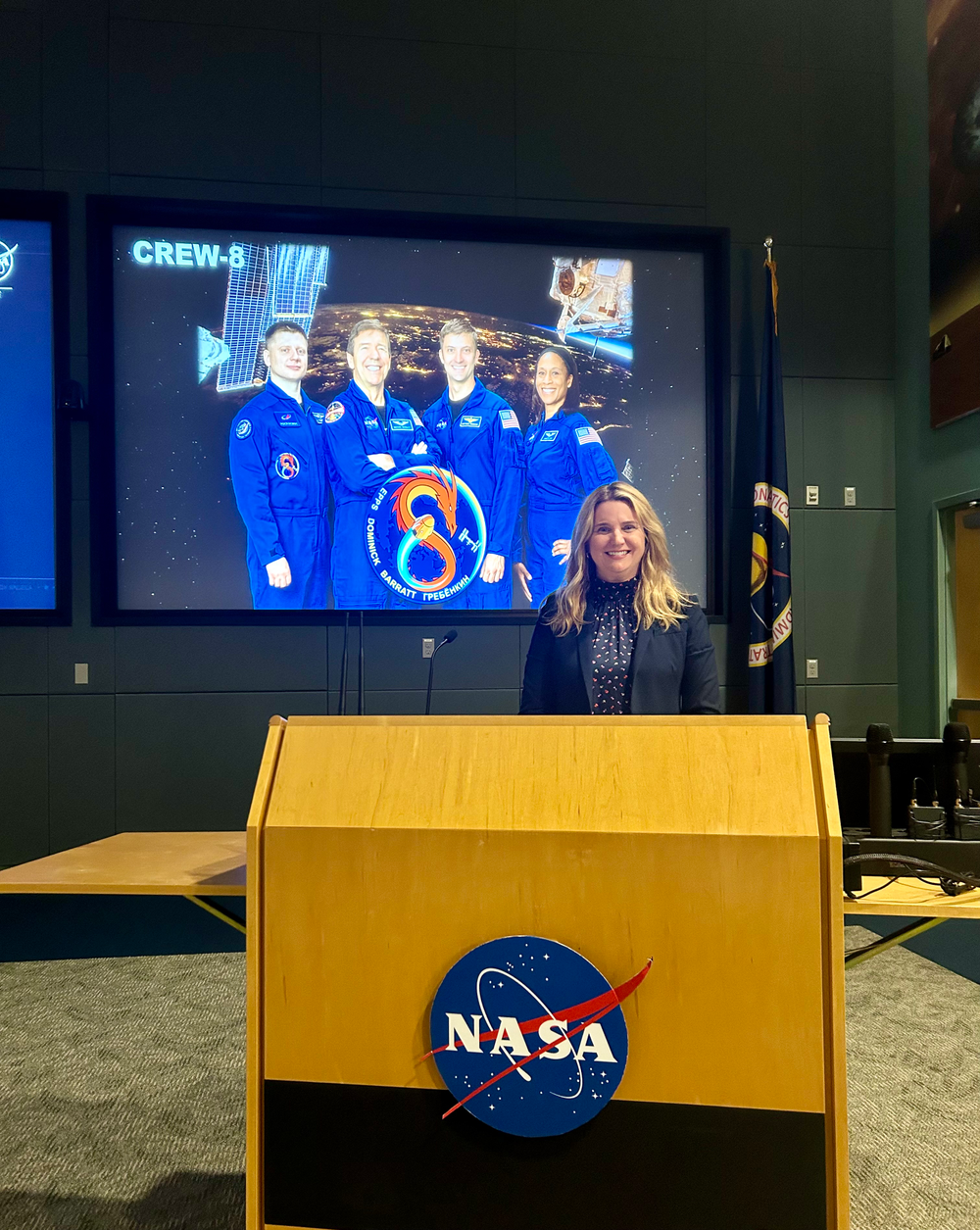
What is your favorite NASA memory?
Two memories come to mind – I worked on designing an experiment to look at surface tension in small fluid volumes on station. When the experiment was performed, I was on space to ground with the crewmember. It was an incredible moment thinking about how far science operations have come in space; with astronauts and scientists working together in real time. Communication was challenging on that busy morning- hats off to the payload communicators and capcoms out there!
The second was attending the OSIRIS-REx landing in 2023 with the curation team. The mission traveled to a 4.5-billion-year-old asteroid, Bennu, to return a sample, giving scientists insight into the formation of the solar system. The capsule reentered the atmosphere at 27,650 mph and landed on a clear, sunny morning in the Utah desert. It was a privilege to be there with the talented mission, science, and curation teams.
What do you love sharing about station? What’s important to get across to general audiences to help them understand the benefits to life on Earth?
I like sharing the diversity of science we do on station. From human health and disease research to fundamental physics and climate science. I think people are aware NASA is doing exploration research, but they may not know about the medical advancements, pharmaceutical developments on station, colloid research that helps shelf stability of products on Earth, or how our Earth science instruments can show us how our planet is changing and inform policy decisions.
If you could have dinner with any historic female figure, who would it be and why?
I would like to have dinner with Rosalind Franklin. I think Rosalind served as an inspiration for many women in science. I studied biology and have always been fascinated by her work discovering the structure of DNA. I would love to talk with her about her interest in science at an early age. I have read her family sought out one of the few girls’ schools teaching physical sciences in London in the 1930s. I would be curious to hear her thoughts on where science was headed in the late 1950s, when unfortunately, she passed away at age 37.
What are your hobbies/things you enjoy outside of work?
Cycling, music, and spending time outdoors with my son.
Day launch or night launch?
Night launch
Favorite Space Movie?
The Star Wars series. The Empire Strikes Back is probably my favorite.
NASA Worm or Meatball logo?
Meatball!
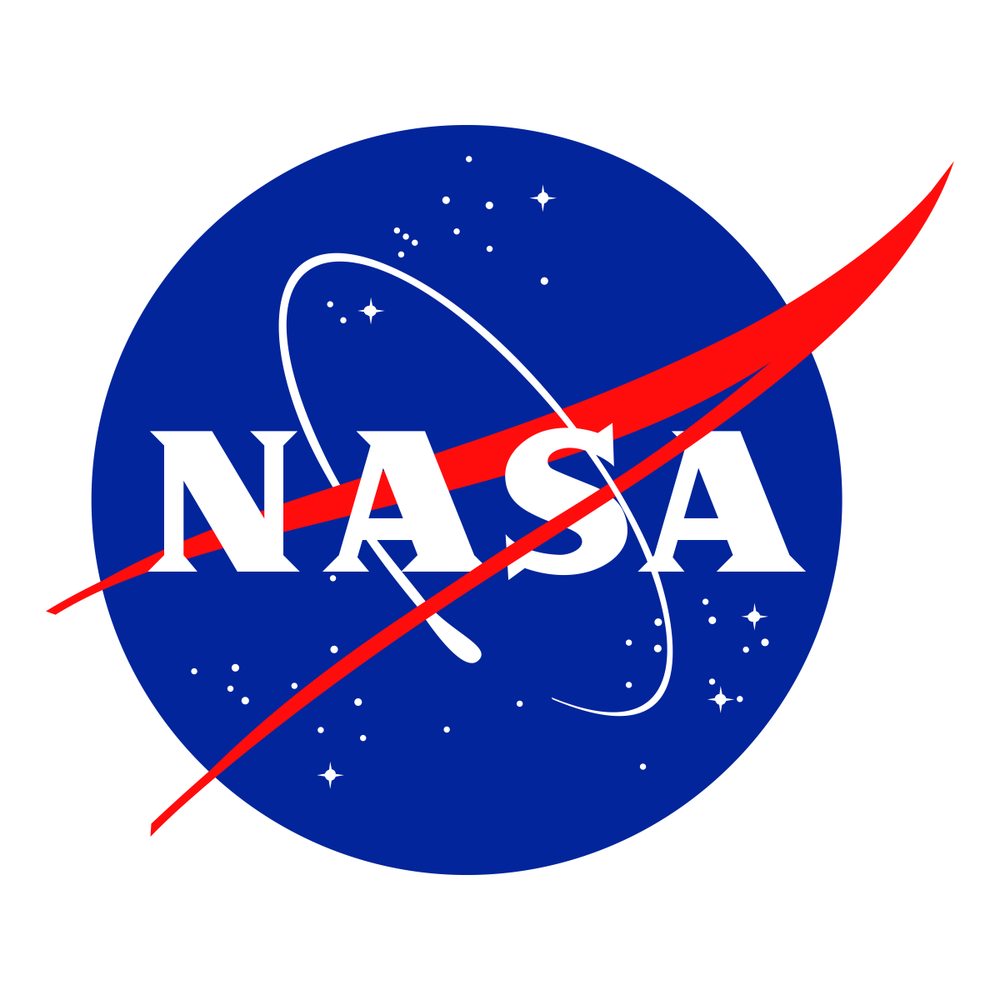
Every day, we’re conducting exciting research aboard our orbiting laboratory that will help us explore further into space and bring benefits back to people on Earth. You can keep up with the latest news, videos, and pictures about space station science on the Station Research & Technology news page. It’s a curated hub of space station research digital media from Johnson and other centers and space agencies.
Sign up for our weekly email newsletter to get the updates delivered directly to you.
Follow updates on social media at @ISS_Research on Twitter, and on the space station accounts on Facebook and Instagram.
